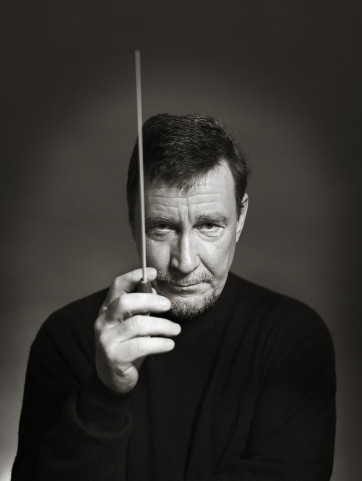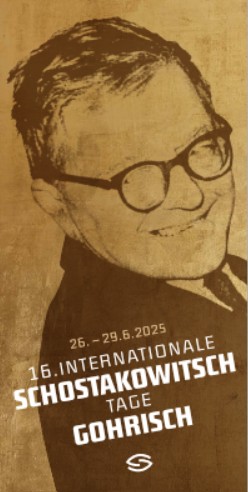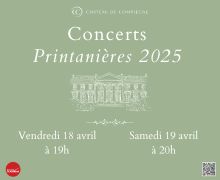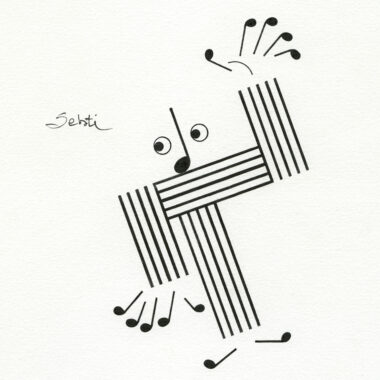Plus de détails
Hämeenlinna. Verkatehdas. 25-IV-2015. Jean Sibelius (1865-1957): Symphony No. 3, op. 52; Symphony No. 5, op. 82; Symphony No. 7, op. 105. Sinfonia Lahti, Okko Kamu: conductor.
 Perhaps the most remarkable aspect of Kamu's performance was his ability to make this arguably perfect work sound even more perfect.
Perhaps the most remarkable aspect of Kamu's performance was his ability to make this arguably perfect work sound even more perfect.
It should come as no surprise that lovers of Sibelius will find an embarrassment of riches in Finland this year, the 150th anniversary of the great composer's birth. The Sinfonia Lahti has arguably done more for Sibelius' recorded legacy than any other orchestra, and it seems only appropriate that this orchestra performs a complete symphony cycle in Hämeenlinna, the composer's city of birth. In this afternoon's program, Okko Kamu and the Sinfonia Lahti completed their traversal of the symphonies.
In the Symphony No. 3, Sibelius moved away from the national-romantic aesthetic which is found in his first two symphonies. The opening gesture in lower strings was played somewhat nonchalantly, but quickly gained warmth and direction with the entrance of the upper strings and woodwinds. Kamu's handling of the woodwinds in the transition to the second subject was seamless; the central section benefitted from especially delicate playing, which emphasized the music's chamber-like textures. The endless streams of sixteenth notes in the strings provided a clear sense of forward motion without feeling monotonous.
Kamu's attention to the accompanimental figures in the lilting second movement revealed many hidden details but sounded slightly pedantic at times. The opening of the third movement felt somewhat tentative, but the orchestra quickly gained its stride during the movement's jagged and contrapuntal sections.
Although both written in C major, hearing the Symphony No. 7 immediately after the Symphony No. 3 was slightly jarring. Sibelius' symphonic style reached absolute perfection in the Symphony No. 7; everything is seamless and thoroughly integrated as a whole. In contrast, the Symphony No. 3 is more patchwork in comparison.
Perhaps the most remarkable aspect of Kamu's performance was his ability to make this arguably perfect work sound even more perfect. From the opening scale to the final C major chord, the music felt like it was played in a single breath. The opening pages were rendered as a single line; every note and gesture moved imperceptibly to the next. The string chorale for violas and cellos was achingly beautiful yet unsentimental. The trombone motto theme felt like a warm glow, perfectly nestled by its surroundings. The only possible complaint from this performance was the occasionally shaky violin ensemble during some of the music's more rapid passages.
Kamu's take on the Symphony No. 5 featured a sense of careful control over each arrival in the opening movement; great care was taken to ensure that the first major climax grew organically and patiently from the accumulated tension. Kamu added particular emphasis to the questing nature of meandering central section. The movement's final pages were excitingly played, while keeping clear of any bombast.
Kamu led a gently flowing account of the second movement; special mention goes to the Lahti strings for their tight ensemble and clear articulations in the movement's prominent pizzicato passages. A sense of restraint permeated the opening pages of the third movement; the arrival of the expansive horn melody was perhaps too understated. Regardless, Kamu saved the best for last, as he unleashed more and more energy with each passing wave in the work's final movements. The crashing, enigmatic chords which brought this work to a close were played with a sense of straight-faced humor.
Credit photo Okko Kamu: Kaapo Kamu
Plus de détails
Hämeenlinna. Verkatehdas. 25-IV-2015. Jean Sibelius (1865-1957): Symphony No. 3, op. 52; Symphony No. 5, op. 82; Symphony No. 7, op. 105. Sinfonia Lahti, Okko Kamu: conductor.









